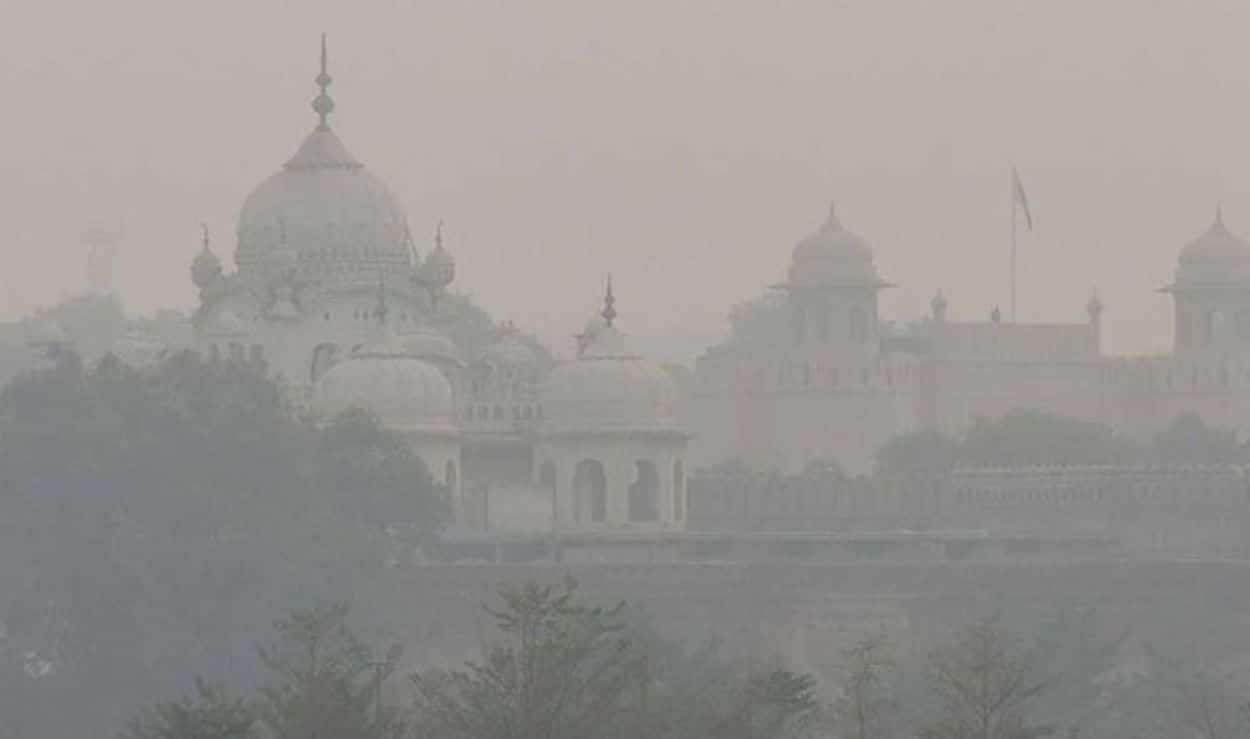Lahore, the cultural capital of Pakistan, was ranked as the world’s second most polluted city, with an Air Quality Index (AQI) of 251.
Global monitoring data indicate that Lahore, just 25 km from India, is experiencing worsening smog, coinciding with Delhi’s AQI reaching 1121 due to pollutants drifting across the border. Experts predict that Lahore’s AQI could rise to between 210 and 240 on Tuesday, further intensified by emissions from Diwali fireworks in Indian cities.
The Punjab government has escalated its fight against smog. Senior Minister Marriyum Aurangzeb detailed operations by nine departments, including:
- Smog Monitoring Centre: Tracks air quality with advanced technology.
- Anti-Smog Guns: Deployed at hotspots to reduce particulate matter.
- Drone Surveillance: Monitors brick kilns to curb emissions.
- Water Sprinkling: Conducted by LDA, WASA, and others to settle dust.
- Traffic Restrictions: Bans on trucks and freight vehicles, enforced via Safe City cameras.
Aurangzeb stated, “Technology and coordination have improved air quality.” Chief Minister Maryam Nawaz Sharif praised the targeted efforts in areas with high pollution.
Read: Punjab Cracks Down on Smoke-Emitting Vehicles to Combat Smog
Winter smog in South Asia, caused by cold air trapping emissions from farms, dust, and vehicle pollutants, worsens Lahore’s crisis. Additionally, cross-border pollution from India complicates the situation.
Lahore’s ranking underscores a public health emergency, demanding urgent action. Punjab’s measures could inspire regional solutions.






